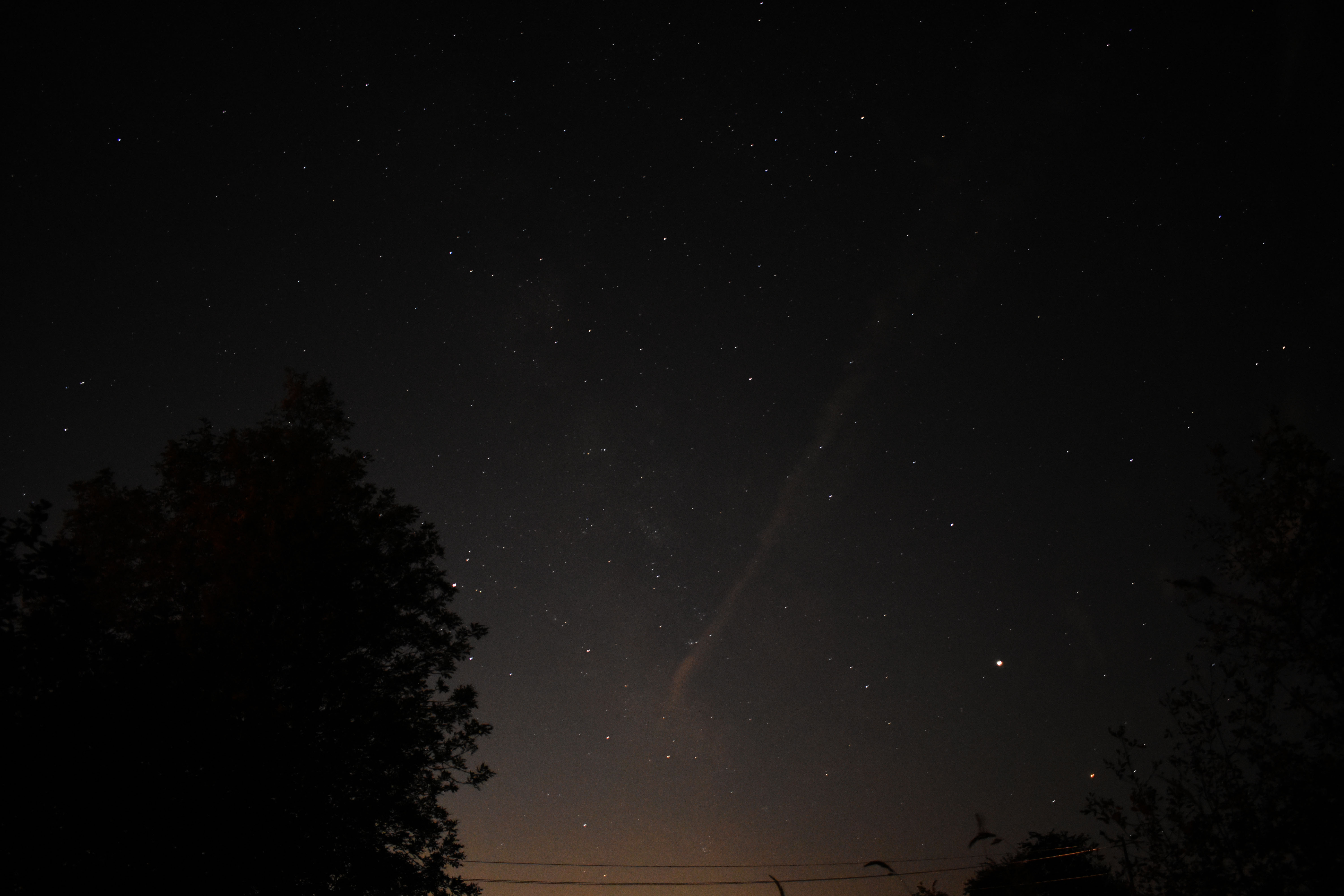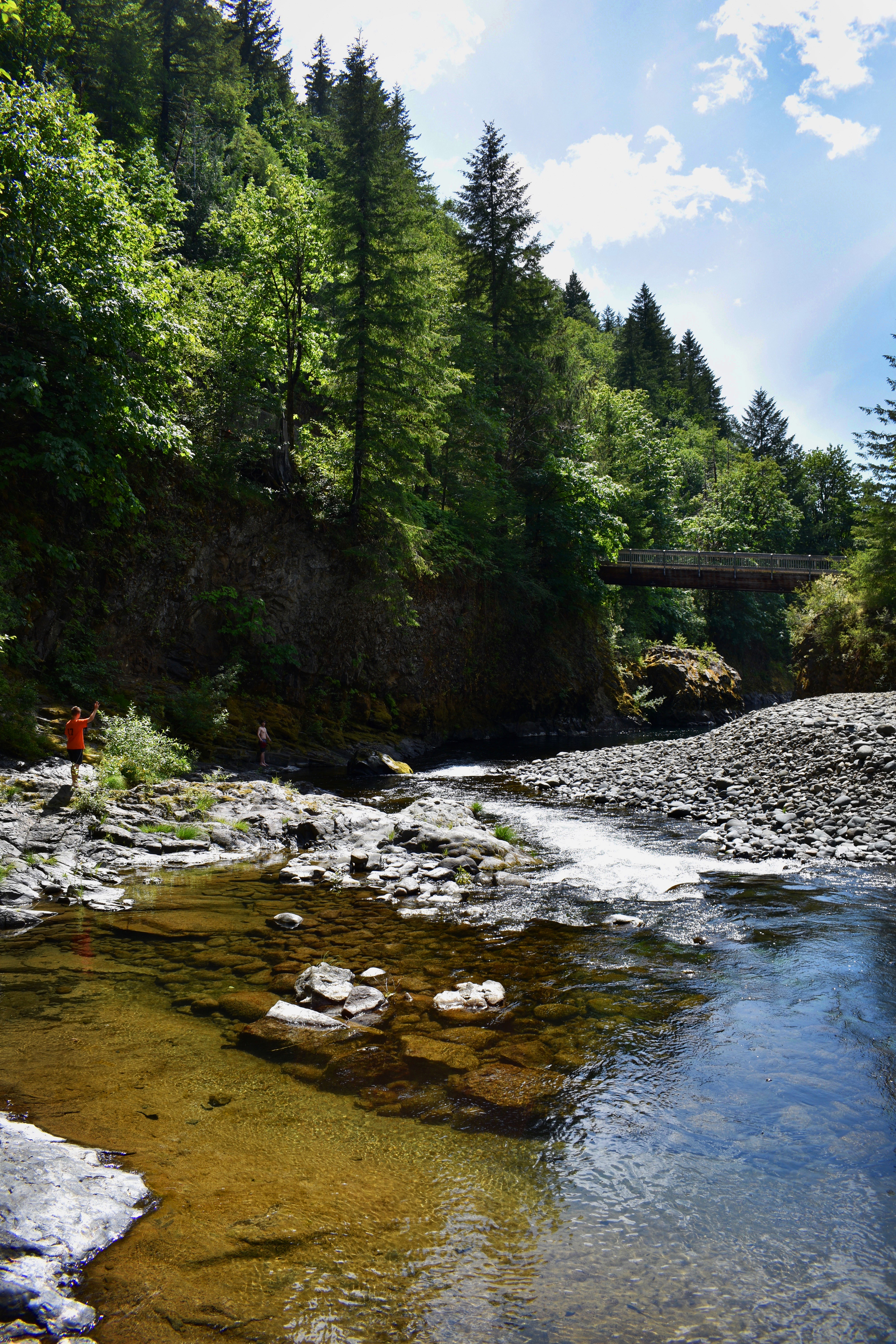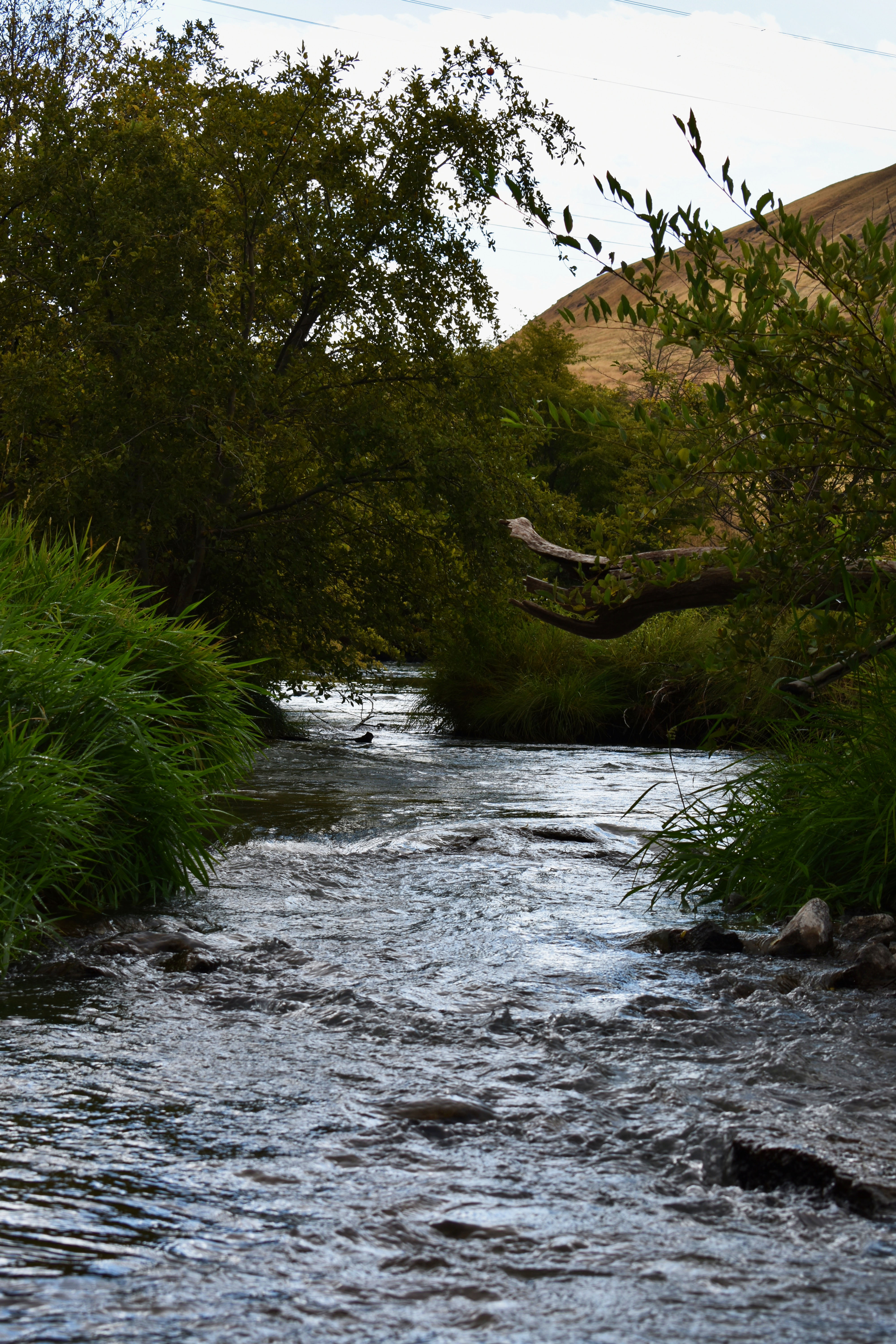Get outside and find a new hobby in stargazing
Allison Vanderzanden | Lifestyle Editor

Enjoying the night sky gets easier as the nights grow warmer. Looking for a new hobby? Stargazing is accessible to most everyone, and extensive astronomy knowledge is not required. Follow these tips to start stargazing.
If totally new to stargazing, there are a number of apps that can help. I use “Star Chart” because it offers a red light mode; red light, unlike other colors, won’t affect the eyes’ perception of darkness. Other apps include “SkyView Lite,” “Star Walk 2” and “SkySafari” ⏤ all available on both the App Store and Google Play store.
With a mobile guide in hand, it’s time to get outside; while stargazing is more exciting when away from city lights, it is perfectly fine to simply walk into the backyard and look up. The best nights to stargaze are cloudless, moonless nights, so check the weather forecast before heading out.
Once outside, let the eyes adjust to the darkness for about 20 minutes so that as many stars as possible will be visible. Take a moment to become oriented with cardinal directions; all stars, planets and the moon rise in the east and set in the west.
There are a few types of objects that will be visible: stars, planets and satellites. Planets do not shimmer like stars do and tend to be brighter. Meanwhile, satellites tend to move slower and are much dimmer than airplanes across the sky. Track which planets or satellites will be out at what times online.

Now to identify some constellations. The Big Dipper, part of Ursa Major, is arguably the easiest constellation in the northern hemisphere to identify, and it’s in the night sky year-round — making it the perfect starting point. The two stars that form the end of the dipper’s bowl point upwards towards Polaris, the end of the Little Dipper’s handle. Following this same line leads to Cepheus, shaped like a house. Next to Cepheus is the “W,” Cassiopeia. In Greek mythology, Cepheus and Cassiopeia are husband and wife, so they sit together in the night sky. All of these constellations are circumpolar, meaning they are visible all year round.
Different constellations — like Orion, Pegasus and the zodiacs — will come out during different seasons, meaning something new awaits in the night sky every month. Use an app as a guide to learn which constellations are next to each other, and as an added activity, learn about the mythology of constellations online.

Contact the author at avanderzanden19@mail.wou.edu








